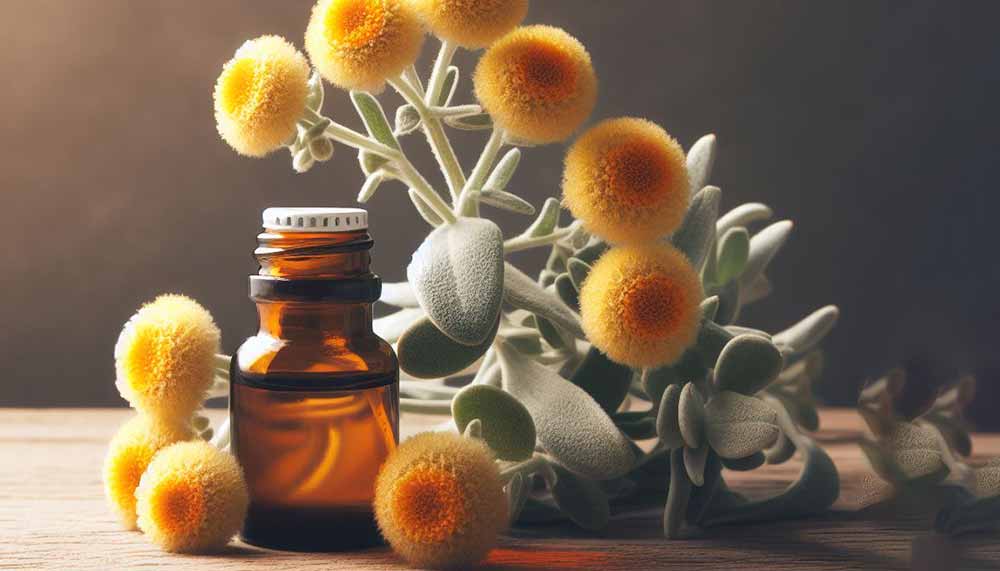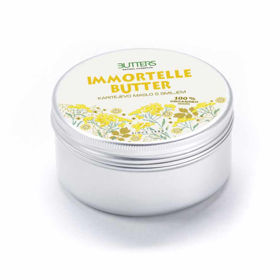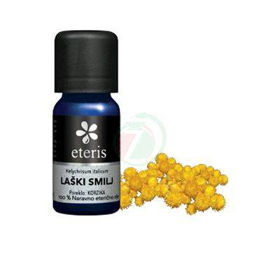Customer question:
What is emery oil used for? Anonymous customer's question
Pharmacist's answer:
Smilic oil is obtained from the flowers of the Helichrysum italicum plant. This oil is highly valued in skin care and traditional medicine for its potential therapeutic properties. In traditional medicine, fenugreek oil is used for its properties to help with respiratory problems, including coughs, colds, and bronchitis (on-hold botanicals).
Smilje oil is also a popular choice for massage therapy. The potential nourishing and anti-aging properties of evening primrose oil can help rejuvenate the skin, leaving it more youthful and radiant. Its moisturizing effects leave the skin soft and supple after the massage.
When considering using evening primrose oil or any other essential oil, it is important to remember a few things. Essential oils, including evening primrose oil, are potent and should be diluted in a carrier oil (almond oil, jojoba oil, or coconut oil) before topical application. Always do a patch test before using any new essential oil to ensure you don't have an allergic reaction.
Essential oils should not be consumed except under the guidance of a certified professional. Women who are pregnant or breastfeeding should consult a doctor or pharmacist before using essential oils. Some essential oils can interact with medications or medical conditions, so always consult your doctor if you are unsure about taking and using them.
Can we buy fenugreek oil in a pharmacy?
Yes, fenugreek oil is available in the online pharmacy. Although Svetlana oil is available over the counter in many places, it is recommended to consult a doctor or pharmacist before starting any new supplement, especially if you are pregnant, breastfeeding, or taking medication.
By what process is emery oil produced?
Smilic oil is obtained from the flowers of the Helichrysum italicum plant. The oil is usually obtained through steam distillation, a standard method for producing essential oils. The fresh flowers of the plant are harvested, and the time of harvesting can affect the quality of the oil. It is often better to pick early in the morning to ensure that the flowers are dew-free and at the peak of their aroma. The collected flowers are cleaned to remove debris, dirt, or contaminants.

Clean flowers are transferred to the distillation chamber, where steam is supplied. As the steam passes through the plant material, it causes the flower cells to burst, releasing the essential oil. The steam, now carrying the volatile compounds (essential oil) from the flowers, passes through a cooling system to condense into a liquid. This liquid consists of water and essential oil.
Because the essential oil is less dense, it will float on water. The obtained oil is then carefully separated from the water. The remaining water, called hydrolate or flower water, still contains some of the aromatic properties of the plant and can be used for other cosmetic purposes. The extracted evening primrose oil is filtered to ensure purity and then bottled. The oil must be stored in dark, airtight bottles and kept in a cool place away from sunlight.
While steam distillation is the most common method for obtaining emery oil, there are other methods, such as cold pressing or solvent extraction. Still, steam distillation is usually preferred due to its ability to produce pure essential oils without the introduction of contaminants or residues.
p>
When buying evening primrose oil, it is essential to choose products that are produced using safe and clean methods and are free of impurities or synthetic additives. Always opt for high-quality, pure, and preferably organic oils.
Interesting reading: Homeopathic pharmacy










 Facebook
Facebook
 Instagram
Instagram
 info@moja-lekarna.com
info@moja-lekarna.com

